 W
WThis is a list of petroleum, gas, and related museums around the world.
 W
WThe Arkansas Museum of Natural Resources is a museum and Arkansas state park in Smackover, Arkansas, in the United States. The museum was formed in the 1980s to tell the history of the petroleum industry and later the brine industry as key economic movements spurred by natural resources in South Arkansas.
 W
WThe Drake Well Museum and Park is a museum that interprets the birth of the American oil industry in 1859 by "Colonel" Edwin Drake along the banks of Oil Creek in Cherrytree Township, Venango County, Pennsylvania in the United States. The museum collects and preserves related artifacts. The reconstructed Drake Well demonstrates the first practical use of salt drilling techniques for the extraction of petroleum through an oil well. A historic site, the museum is located in Cherrytree Township, 3 miles (4.8 km) south of Titusville on Drake Well Road, situated between Pennsylvania Routes 8 and 27. The museum is accredited by the American Alliance of Museums.
 W
WThe Erdöl-Erdgas-Museum Twist in Twist, Germany is a museum for crude oil and natural gas and shows technical equipment for mineral exploration of these natural energy resources and gives information about their geological origin.
 W
WThe Fisogni Museum of the petrol station, in Tradate, Italy, is a museum about gas pumps, gas stations and petroliana, founded by Guido Fisogni in 1966.
 W
WThe German Oil Museum is located in Wietze, a small village west of Celle in Lower Saxony.
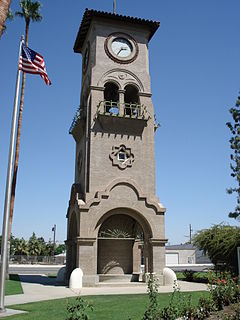 W
WThe Kern County Museum is a history museum located in Bakersfield, California. Its main focus is the history of Kern County. One of the prominent features is Pioneer Village. Located on 16 acres (65,000 m2), it contains over 50 original buildings from around the county, related to life in the late 19th century. Other features include: Lori Brock Children's Discovery Center, Black Gold exhibit, and main building. The museum is accredited by the American Alliance of Museums.
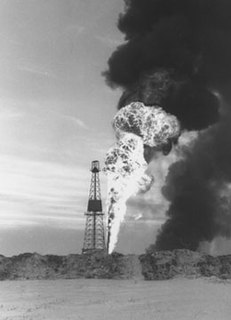 W
WLeduc No. 1 was a major crude oil discovery made near Leduc, Alberta, Canada on February 13, 1947. It provided the geological key to Alberta's most prolific conventional oil reserves and resulted in a boom in petroleum exploration and development across Western Canada. The discovery transformed the Alberta economy; oil and gas supplanted farming as the primary industry and resulted in the province becoming one of the richest in the country. Nationally, the discovery allowed Canada to become self-sufficient within a decade and ultimately a major exporter of oil.
 W
WThe Norwegian Petroleum Museum is located in Stavanger, Norway.
 W
WThe Ocean Star Offshore Oil Rig & Museum, located in Galveston, Texas, is a museum dedicated to the offshore oil and gas industry. Located next to the Strand National Historic Landmark District, the museum is housed on a retired jack-up rig set up in the Galveston harbor.
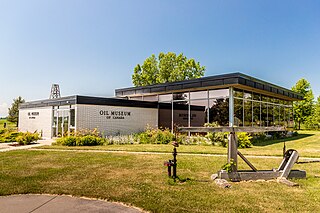 W
WThe Oil Museum of Canada, is a petroleum heritage museum in Oil Springs, Ontario, Canada. The museum is located on the site where James Miller Williams dug the first commercial oil well on the continent in 1858.
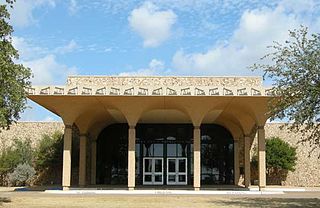 W
WThe Permian Basin Petroleum Museum is a museum in Midland, Texas, USA, with exhibits relating to the oil and gas industry of the Permian Basin of west Texas and southeast New Mexico. Museum exhibits include the geology of the area during the Permian period, the technology of the petroleum industry, racing cars designed by Jim Hall, and paintings by artist Tom Lovell.
 W
WThe Petroleum Museum is a museum in Canada Hill, Miri, Sarawak, Malaysia.
 W
WThe Royce J. and Caroline B. Watts Museum is located in the Mineral Resources Building on the Evansdale campus of West Virginia University in Morgantown, West Virginia, and is “dedicated to preserving and promoting the social, cultural, and technological history of West Virginia’s coal and petroleum industries through the collection, preservation, research, and exhibition of historical objects and archival materials.” Originally named the COMER Museum for WVU's College of Mineral and Energy Resources, the Watts Museum was renamed in 2005 at the request of the West Virginia Coal Mining Institute (WVCMI).
 W
WThe Spindletop-Gladys City Boomtown Museum is located in Beaumont, Texas, to commemorate the discovery of oil at the Spindletop Hill salt dome in Beaumont on Jan. 10, 1901. The discovery sparked an oil boom in Texas that continues today. Along with a gift shop with commemorative gifts, the museum features historical, period reenactments by area performers. A replica of the wooden oil derricks that once dotted the landscape of Spindletop Hill in the early 1900s has been erected near the museum. For special occasions and anniversaries, the museum staff “blows the gusher” with a plume of water and provides a historical narrative and sound effects to simulate the discovery of oil at Spindletop.
 W
WThe Taiwan Oil Field Exhibition Hall or Taiwan Petroleum Exhibition Hall is a museum about oil in Gongguan Township, Miaoli County, Taiwan.
 W
WThe Texas Energy Museum is a museum in Beaumont, Texas in the United States. The museum was formed in 1987 to tell the story of oil through state of the art exhibits including talking robotic characters. The museum opened on January 10, 1990, the anniversary of the Spindletop gusher.
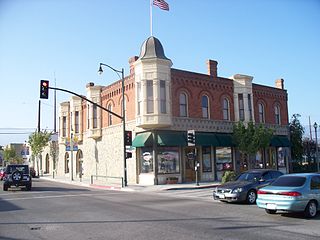 W
WThe Santa Paula Hardware Company Building, located in Santa Paula, California, and more commonly referred to as the Union Oil Company Building, is significant for its historical importance as the birthplace of the Union Oil Company on October 17, 1890. Originally, the Santa Paula Hardware and Post Office were downstairs, and the Union Oil Company offices were upstairs. The building continued to serve as a field division office after the main headquarters moved to Los Angeles in 1900.